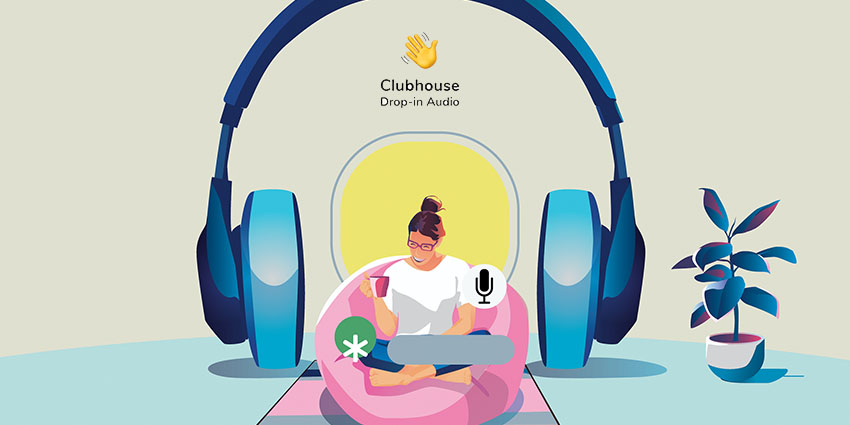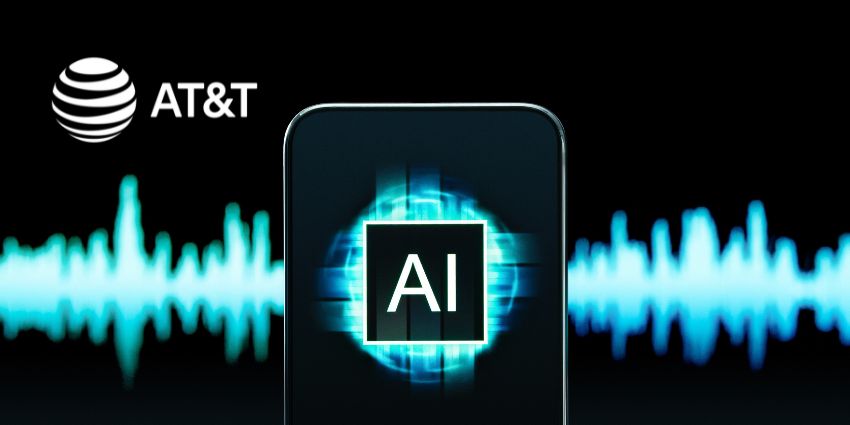Everyone’s talking about Audio Spaces right now.
More specifically, the conversation tends to revolve around Clubhouse.
If you’re out of the loop, Clubhouse is an audio-only room where you can jump into a chat room and listen to people chatting about a variety of topics. Essentially, you could listen in on a conversation between two of your favourite celebrities, or tune into a monologue from Elon Musk.
So, what does that have to do with collaboration?
Well, an invite-only audio space could also be an excellent way for teams in the hybrid workplace to create a kind of ongoing business chat experience. Audio spaces like Clubhouse are invite-only, so you could potentially create a space where your teams can just log in and join a conversation at any moment if they’re feeling a little isolated.
What Makes Audio Spaces so Popular?
Right now, Audio Spaces are all the rage because they are a kind of social media experience.
Clubhouse, in particular, seems to be the hottest product on the market, offering an invite-only experience where there are no videos or photos whatsoever. On Clubhouse, you can listen to live conversations, panel discussions, interviews, and presentations within dedicated chat rooms. Users can also create their own rooms and decide who should be allowed to speak.
The experience is an odd one, but something about it feels similar to the standard buzz of the “old-fashioned” office environment. Media outlets have described Clubhouse as a kind of “interactive podcast”, but it’s basically just eavesdropping on a conversation, with another person’s permission.
You can wander between rooms, stay listening to chat for hours, and request an opportunity to chat if you feel the need. For many, Clubhouse, and audio spaces like it represent an opportunity to learn from the experts and connect with people who have the kind of skills and insights you need.
Entrepreneurs can join audio spaces to get free advice on how to grow their business, and employees can tap into information on how to boost their productivity.
How Similar is it to a Voice Conference Call Experience?
Although multiple people can get involved in an Audio Space, the experience still feels quite different to a standard voice conference. An audio space could be an excellent environment to bring people together, particularly if you can find an environment that’s secure enough for your business.
“However, the vibe seems to be more on laidback conversation, speeches, and presentations, than dedicated meetings”
Since, at present, the Audio Space is gaining attention as a hub of inspiration and insight for people from all backgrounds, it’s difficult to predict fully how it might evolve into a collaborative environment. However, I can imagine a future where audio spaces might become a sort of alternative to the watercooler in the hybrid workplace.
Rather than having to arrange for a meeting with your colleagues, you can create a more ad-hoc space where people can come together and chat whenever they like. There’s none of the stress involved with a video conference, like making sure you look good, or ensuring your camera is working properly. You also aren’t under any excess pressure to show you’re taking part or contribute.
Audio Spaces could become the new environment where employees inside and outside of the office can come together to just chat, eavesdrop on each other’s conversations, and connect. Alternatively, they could also be environments where team leaders can give more laid-back announcements and broadcast new information to a team when video isn’t necessary.
Is the Focus Coming Back to Audio?
Clubhouse isn’t the only group championing the benefits of audio, and audio spaces. Twitter, LinkedIn, and other companies are also beginning to bake audio spaces into their social platforms. Twitter recently announced that it’s creating a new product where Twitter users can gather in spaces for live conversations with other groups of people or individuals.
Although there’s still not a lot of information about Audio Spaces and what they might look like from each social media platform, Twitter has indicated that it will be giving Audio Space users plenty of control.
For instance, you’ll be able to invite specific people to your Audio Space or open it to the public. You can also give people the opportunity to speak and interact with attendees through emoji reactions. Twitter will also be offering transcriptions of chats, which could be an excellent tool for businesses who choose to use the service for business purposes.
So, are Audio Spaces just another fad? Or are they an exciting new opportunity for collaboration? We’ll have to wait and see to find out.







